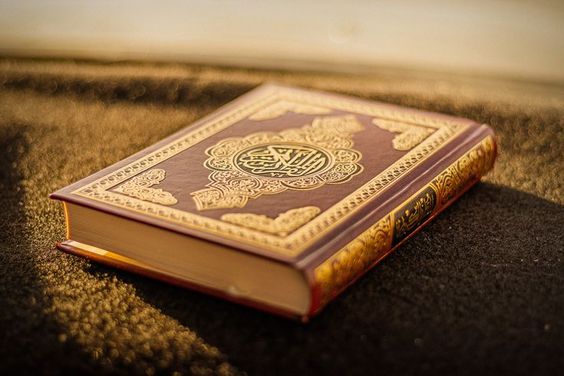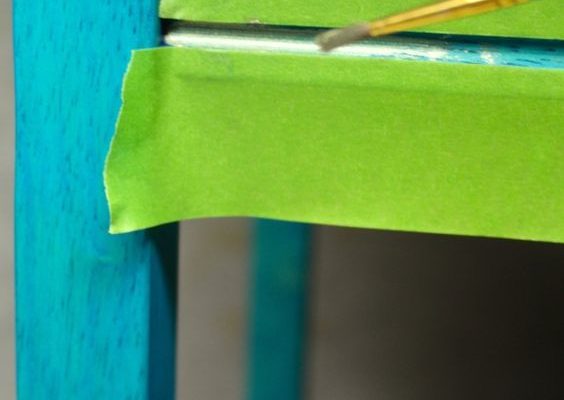How to Greet in Arabic: 12 Steps

Arabic is a language with a rich culture and centuries-old traditions. When greeting someone in Arabic, it is crucial to understand and follow the appropriate etiquette. In this article, we will break down the process into 12 easy steps that will help you greet confidently and appropriately when interacting with Arabic speakers.
1. Understand the importance of greeting: In Arabic culture, greetings are vital for establishing a connection and showing respect. Appreciating the significance of greetings will enable you to come across as polite and friendly.
2. Use “As-salaam alaykum”: The most common greeting in Arabic is “As-salaam alaykum,” which translates to “Peace be upon you.” It’s used universally among Arabs across various countries and contexts.
3. Respond correctly: When someone greets you with “As-salaam alaykum,” the appropriate response is “Wa alaykum as-salaam,” meaning “And upon you be peace.”
4. Master pronunciation: Spend some time ensuring your pronunciation is accurate for both greetings. Smooth pronunciation demonstrates that you have taken the time to learn about their language and culture.
5. Add variations: Once you’ve mastered the basic greetings, try incorporating variations like “As-salaam alaykum wa rahmatullah” (Peace be upon you and God’s mercy) or adding respectful titles such as “ustadh” (teacher) or “sheikh” (elder).
6. Use non-verbal cues: In addition to verbal greetings, non-verbal cues like smile, eye contact, and handshakes are also important for making a positive impression.
7. Know the local custom: Across different Arabian countries, there might exist specific gestures or practices unique to that region’s greeting customs. Do some research on local customs before traveling to ensure smooth interactions with locals.
8. Gauge the level of familiarity: The way you greet someone will differ depending on your relationship with them. Familiar people might exchange cheek-kisses, while strangers or professional acquaintances would use more formal greetings.
9. Gender considerations: Generally, men and women don’t engage in physical contact unless they’re related or close friends. It’s best to avoid handshakes or hugs if unsure of the cultural norms.
10. Time-based greetings: Depending on the time of day, your greeting may include “Sabah al-khair” (Good morning) or “Masaa al-khair” (Good evening).
11. Learn parting phrases: When leaving a conversation, you can use polite phrases like “Ma’a as-salaama” (With peace), showing respect and gratitude for the interaction.
12. Show humility and gratitude: Lastly, display a sense of humility and gratitude when greeting someone in Arabic. They’ll appreciate your effort in learning their language and culture, which will only strengthen your bond with them.
By following these 12 steps, you’ll be well-equipped to greet people confidently in Arabic, embracing their culture and establishing strong connections along the way.






